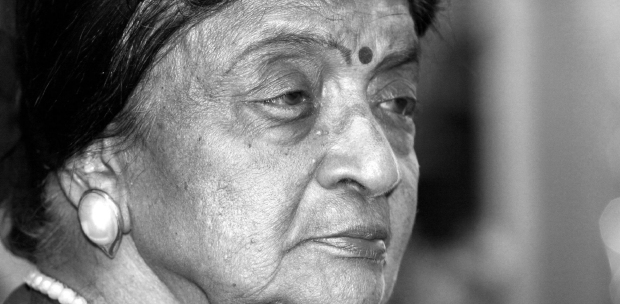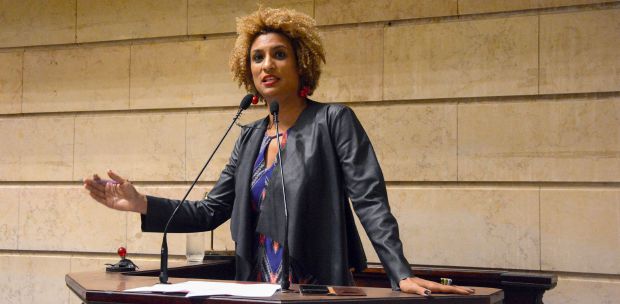IDEOLOGY and the real economy do not make easy bedfellows. With a market economy this is nigh impossible, unless non-liberal democratic governments are prepared to reform their tax, financial and economic policies which would positively impact the lives of ordinary citizens.
Iran is a classic example where ideology has trumped sound economic and financial management for nearly 40 years, but is now beginning to show adverse social impact.
What started with street protests over the last few weeks against a 40 per cent increase in the price of eggs in Mashhad, thanks to social media, has quickly spread to other cities and towns, including Teheran, Kermanshah, Rasht, Hamedan, Isfahan and even to the holy city of Qom, the spiritual base of the late Ayatollah Khomeini. The last time Iranians were on the streets venting their frustration was in 2009, in support of opposition candidates in the disputed presidential election, which was “won” by the hardline Mahmoud Ahmadinejad.
The lot of ordinary Iranians, since 1979, has been pretty bad due to economic mismanagement, lack of investment, corruption, lack of market reforms and quasi-totalitarian political governance. Unemployment is currently hovering at 12.4 per cent, when in reality, in many regional towns it is nearer to 60 per cent. This not surprising, with Iran’s gross domestic product (GDP) per capita dipping in 2016 to US$5,027 (RM20,000) compared with Saudi Arabia’s US$20,365. In fact, of all the major oil exporters in the region, Iran’s figure is the lowest, albeit it has the highest population at 80.1 million.
All these and individual hopelessness are as much responsible for the Iranian’s discontent as is the impact of low oil prices; US sanctions against Iran’s nuclear ambitions, which, despite a United Nations-sponsored agreement okayed by the Barack Obama administration will not be ratified by President Donald Trump; or Teheran’s costly foreign policy adventures in Syria, Iraq, Yemen and Lebanon, effectively what it sees as a counter to Saudi’s ambitions of regional hegemony.
Not that Iran’s headline economic fundamentals are bad. “Real GDP growth”, explained Catriona Purfield, head of the International Monetary Fund (IMF’s) Article IV Mission to Teheran last month, “is projected to reach 4.2 per cent in 2017/18 and is expected to be sustained or even rise towards 4.5 per cent over the medium-term if financial sector reform takes hold. Inflation is projected to pick up temporarily in 2018/19 from 9.9 per cent in 2017/18 if a fuel price increase is approved, and return to single digits in the medium-term, aided by prudent policies”.
Iran’s current account balance, too, is projected at 5.1 and 5.9 per cent for this year and next year, respectively. This is a record of all transactions in the balance of payments covering the exports and imports of goods and services, payments of income, and current transfers between residents of a country and non-residents. This should be viewed in the context of Iran’s overall fiscal balance, which is projected at minus 2.2 per cent for the same years.
The IMF’s recipe to remedy Iran’s economic woes is straightforward, but will take time to implement, which President Hassan Rouhani does not have. It includes urgent financial sector reform, especially restructuring, recapitalising and privatising state banks; reducing government debt; reforming state enterprises: unifying the exchange rate; opening the economy to the private sector to stimulate job intensive growth; transition to a market-based monetary policy framework with an independent Central Bank of Iran (CBI); and utilising Iran’s highly educated but untapped women workforce by reducing legal and social barriers to entry and gender pay gaps.
These are neither unique nor new. The problem is that in Iran everything seems still to be driven by ideology — the theocratic variant of a new Shia spread from Qom, as opposed to the historical philanthropic variant out of Najaf in Iraq. The gatekeepers of the former are the dreaded and intransigent Islamic Revolutionary Guard Corps, the elite security and military organisation tasked with preserving the ideals of the 1979 revolution. This ideology is oft disguised by the cloak of nationalism, which is very much at play — Persian nationalism versus Arab nationalism and even Shia nationalism versus Sunni nationalism.
It is nationalism, for instance, that has undermined repeated calls for the liberalisation of the Iranian financial system since the advent of the revolution. One of Khomeini’s first acts when he came to power was to nationalise the country’s 12 banks. The reformist and well-respected US-educated CBI governor Dr Mohsen Nourbakhsh, in an interview with me just prior to his untimely death in 2003, confirmed that Iran’s nationalisation policy had nothing to do with syariah or Islamic finance, but everything to do with the politics of Iranian nationalism. The immediate aim of the financial sector clampdown was to stem the flow of funds out of the country by supporters of the ousted Shah of Iran.
The banking system was abused where lines of credit were extended to organisations and companies loyal to the revolution rather than on risk and business feasibility criteria; and where savers were dis-incentivised because they were getting a negative rate of return on their savings. Functions of the CBI until today are overseen by a cornucopia of apparatchik organisations such as the market regulating committee, the supreme economic council and the expediency council.
In the field of Islamic finance, Iran has failed to develop such a system on a par with Malaysia or the Gulf states. Sukuk ought to be a major government debt-financing instrument. Teheran Municipality pioneered the issuance of Musharaka certificates (sukuk) in 1993 to finance projects in the Navab district of the capital. But, ideology and its failure to engage with the global Islamic finance industry, which is Sunni dominated, put paid to any potential ambitions in leadership in Islamic finance.
Dr Nourbakhsh was a keen proponent of sukuk to finance the budget deficit and as a monetary policy tool, complete with market education of the public and institutional investors. But today, few investors are willing to subscribe to Iranian sovereign sukuk because of serious differences in syariah structures and interpretation.
The truth is that the Iranian economy and financial system, because of decades of neglect and dogged ideology, would today need huge policy support, effort and invention to develop its full potential. Unfortunately, election of reformers such as president Khatami in May 1997, and current serving President Rouhani, has resulted in too many false dawns for ordinary Iranians.
Mushtak Parker is an independent London-based economist and writer. He can be reached via [email protected]






